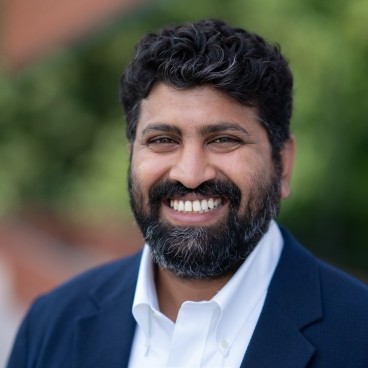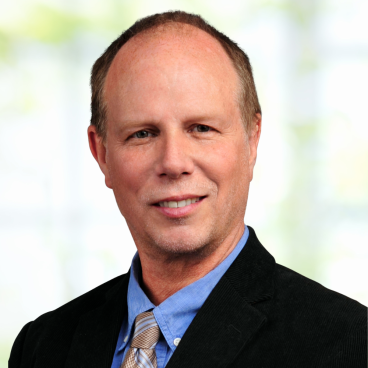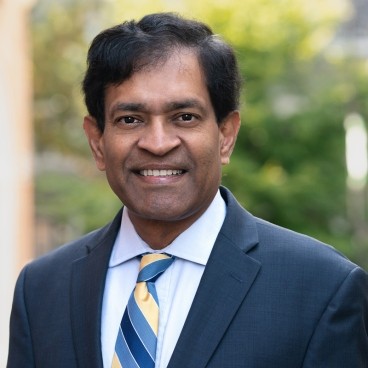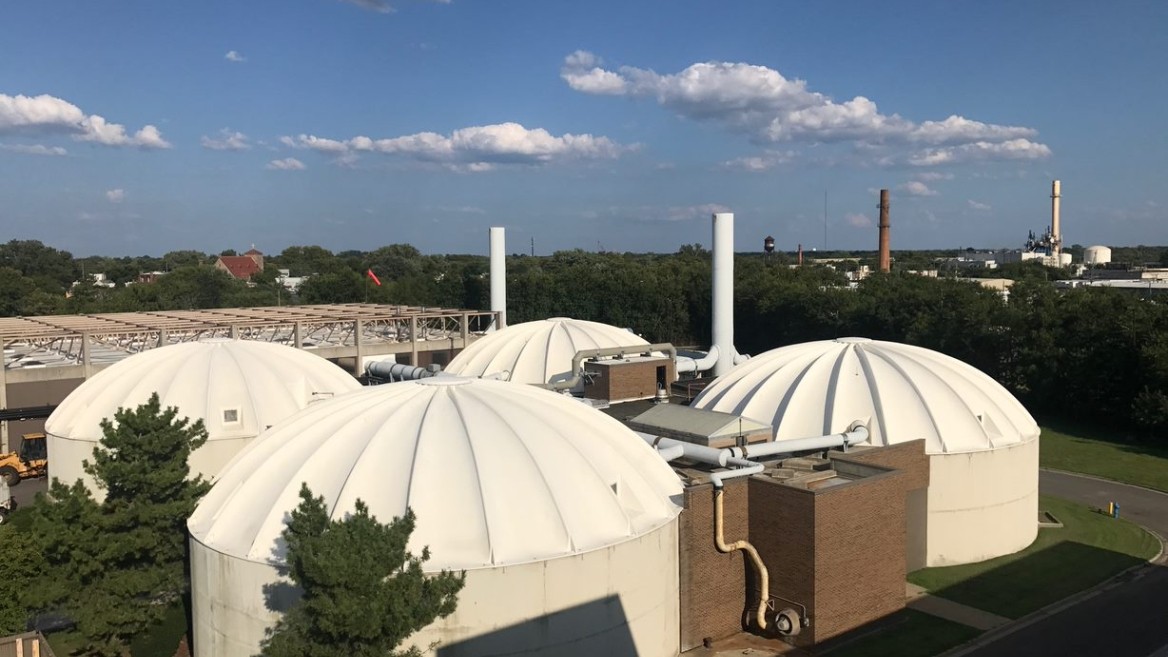Tapping Into Anaerobic Digestion's Wastewater Wonders
Water engineers have long sought innovative technologies that would make sustainable and efficient wastewater treatment facilities possible. One such solution that has driven innovation in wastewater treatment performance is anaerobic digestion.
In this paper, engineers from Greeley and Hansen, A TYLin Company, explain the principles, applications, and challenges associated with the anaerobic digestion methodology.
Understanding anaerobic digestion fundamentals
The primary goal of digestion is the stabilization of organic material present in sludge. By reducing volatile solids, anaerobic digestion makes sludge less of a nuisance to handle and provides beneficial reuse opportunities. Aerobic digestion and anaerobic digestion both have unique benefits. But anaerobic digestion stands out because of the advantages it offers in energy generation, resource recovery, and volume reduction. However, it is crucial to consider other factors such as capital costs, lower excess biomass generation, and the availability of residual volatile solids when thinking about implementing an anaerobic digester.
Optimizing the process
The anaerobic digestion process follows a three-step progression: breaking down complex organics into simpler components; generating volatile acids; and ultimately producing biogas. Managing odors, such as methane and hydrogen sulfide, presents challenges that require careful consideration, as does maintaining the appropriate concentration of digester feed and optimizing loading rates for efficient operation. Historically, conservative loading rates have been employed; however, recent advancements in the hydrolysis step can potentially allow for higher loading rates and reduced retention times. Such optimization can be particularly beneficial for existing digesters when building new facilities may not be feasible.
Advantages and challenges
As mentioned above, energy conservation, a smaller footprint, and the potential to generate revenue from high-strength waste streams are clear advantages of anaerobic digestion. And leveraging biogas for renewable natural gas or combined heat and power generation can provide additional economic and environmental benefits. Yet, while many of the challenges associated with anaerobic digestion have been addressed, some remain. Side-stream treatment technologies and effluent quality control remain focal points, and maintaining specific temperature requirements, particularly for thermophilic digestion, demands diligent operation and maintenance efforts.
Advancing wastewater infrastructure
Anaerobic digestion holds tremendous potential for advancing wastewater infrastructure in the United States. By embracing the technology, wastewater treatment facilities can be energy efficient, recover resources for reuse, and lower their operating costs. Optimizing loading rates and exploring innovative applications of biogas further enhance the benefits of anaerobic digestion.
Once the challenges of odorous emissions, side-stream treatment, and temperature maintenance are addressed, anaerobic digestion will serve communities well. By harnessing the power of the technology and aligning its advantages with site-specific characteristics and regulatory requirements, municipalities and agencies will be able to realize a sustainable and resilient future for wastewater infrastructure while driving positive change to make a better tomorrow possible for the communities they serve.
The following whitepaper was originally presented as a continuing education webinar. For more information on the Water Webinar Series, please contact Deborah Veal to receive updates on upcoming webinars. The next continuing education webinar, Sewer Rehabilitation and Innovative Trenchless Solutions, featuring Greeley and Hansen, A TYLin Company and TYLin experts will be on June 29, 2023. Visit here for details.
Contributors: Karthik Manchala, PE, ENV SP, PMP | Jay Lovelass, PE, BCEE | Sundaram Solai, PE

Karthik has over 15 years of experience in the wastewater treatment industry and offers extensive knowledge and expertise in process modeling, secondary treatment, tertiary filters, anaerobic digestion, thickening, and dewatering. Having worked on projects around the globe, Karthik has successfully designed and implemented optimized treatment processes that met or exceeded regulatory requirements and achieved optimal operational efficiency.

Jay has extensive experience in the study, planning, design, and construction of water, wastewater, sludge handling, and solid waste engineering projects. He has served as both project engineer and project manager for numerous successful studies and designs for both new and existing facilities and has provided technical support to construction engineers.

With more than 35 years of experience in wastewater engineering, Sundaram is focused on incorporating safety and risk mitigation through design and understands the importance of performing a site evaluation of existing conditions at the start of design to minimize changes during construction. Sundaram has experience in the planning, design, construction, and commissioning of large existing wastewater facilities. He has been involved with the design of sludge processing facilities that included sludge screening, thickening, and digestion in eight three-million-gallon, egg-shaped digesters.
